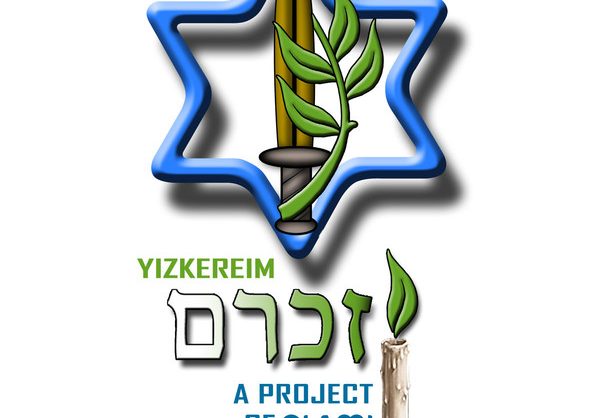Heber, Bruria
Daughter of Esther and Abraham, was born on February 22, 1927, in the city of Butchany, Romania. At the age of five, she began studying at the Hebrew elementary school in Bălţi, Bessarabia, and was later accepted to the Gymnasium, where she studied for three years until the Russians entered Bessarabia, and then continued to study for a year in a Moldavian school. Bruria received Zionist education and from a young age she was a member of the Hashomer Hatzair youth movement. With the Nazi invasion of Romania in October 1941, the family was deported to Transnistria with the rest of the city’s Jews and transported to a kind of labor camp in the stable near Kolkhoz Dubina in the Balata district, where her parents perished. Bruria and her sister Hadassah were transferred to various locations until they were released three years later, in March 1944, and sent to an orphanage in old Romania. Bruria fought for her health and her forces in hospitals in Romania – in Iasi and in Bucharest. In December 1944, after an agony and orphanage, the sisters arrived in Israel on the “Torus” ship. For a while, Bruria stayed in the village of Pines, moved to the boarding school of Youth Aliyah in northern Talpiot in Jerusalem and began to study energetically and prepare for the matriculation exams. For one year she managed to bridge the six-year gap she had lost. Bruria’s health did not improve in Israel either. She was a silent and withdrawn girl who was sad because of the burden of her memories and experiences, but because of her strong desire to live, contribute and do for the Land of Israel, she managed to overcome the health limitations left by the war and quickly recovered from her distress and recovered. Bruria was accepted to the David Yellin Teachers’ Seminary in Jerusalem and loved to work with children, thus fulfilling her aspiration to become a teacher in Israel.Ruria wanted to contribute her part to building the country in defense and joining the Hagana organization. On April 13, 1948, she immigrated with Hadassah and the university staff to the Mount Scopus convoy. The road to Mount Scopus passed through the Arab neighborhood of Sheikh Jarrah, and when the war broke out, the movement was allowed to mount convoys secured by the British army. In the morning a convoy left for Mount Scopus, after the British promised that the road was open and safe. The convoy encountered an Arab ambush in the Sheikh Jarrah neighborhood and hundreds of Arabs hurled heavy gunfire at it. Some of the vehicles managed to get out and return, but two buses, an ambulance and a escort vehicle were ambushed. For many hours the convoy members fought and tried to prevent the Arabs from approaching the vehicles. Fire from our positions in the city and Mount Scopus, as well as armored vehicles sent to the area, failed to help the convoy. British military forces in the area did not intervene and did nothing to help, despite appeals to them. In the afternoon, the Arabs managed to set fire to two buses on their passengers, and only later in the evening did the British intervene and rescue the survivors from the trapped vehicles, and Bruria was brought to rest in a mass grave in the Sanhedria cemetery in Jerusalem, The Jerusalem Teachers’ College named after David Yellin in Beit Hakerem, where she studied, engraved her name among college students who fell in the War of Independence. It was also commemorated on the wall of memory that was erected in the memorial garden in the Yefe Nof neighborhood in memory of the fallen residents of the Beit Hakerem and Yefe Nof neighborhoods who fell in the wars of Israel
